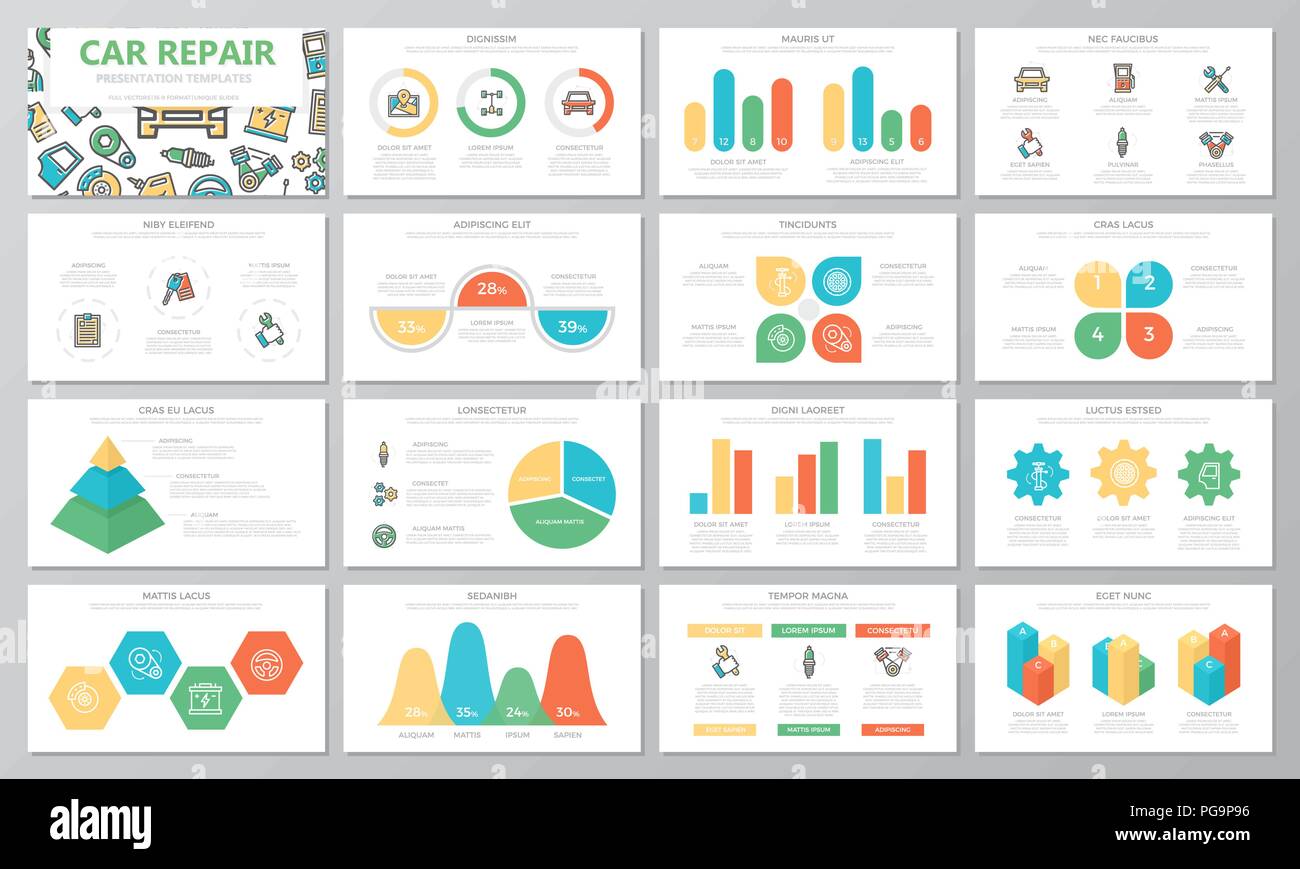Comprehending The Meaning Behind Your Car'S Caution Lights: An Extensive Look
Comprehending The Meaning Behind Your Car'S Caution Lights: An Extensive Look
Blog Article
Short Article By-Hartley Alvarado
When you lag the wheel, those glowing warning lights on your dashboard can be a little bit complicated. Do you recognize what they're trying to tell you about your vehicle's health? Understanding the importance of these lights is essential for your safety and the longevity of your lorry. So, the next time among those lights appears, would not you want to decode its message accurately and take the essential steps to address it?
Common Warning Lights and Interpretations
Determine typical caution lights in your vehicle and comprehend their definitions to guarantee risk-free driving.
One of the most regular warning lights include the check engine light, which signals problems with the engine or discharges system. If this light comes on, it's critical to have your vehicle inspected quickly.
https://oilchangecost17284.blue-blogs.com/38168904/the-definitive-manual-for-determining-reliable-automobile-fixing-shops-in-your-region warning light shows low oil pressure, calling for immediate focus to avoid engine damage.
A blinking battery light might recommend a damaged billing system, potentially leaving you stranded otherwise resolved.
The tire stress surveillance system (TPMS) light informs you to low tire pressure, influencing lorry stability and gas effectiveness. Ignoring car washes open near me can result in harmful driving problems.
The abdominal muscle light shows a trouble with the anti-lock stopping system, compromising your ability to quit swiftly in emergency situations.
Last but not least, the coolant temperature cautioning light warns of engine overheating, which can cause serious damages otherwise solved quickly.
Comprehending these typical caution lights will help you deal with problems quickly and keep risk-free driving problems.
Significance of Prompt Interest
Understanding the typical caution lights in your auto is only the first step; the relevance of immediately resolving these cautions can't be highlighted enough to ensure your safety and security when driving.
When a warning light brightens on your control panel, it's your car's way of interacting a prospective issue that requires attention. Neglecting these warnings can bring about more serious problems down the road, endangering your safety and potentially costing you more out of commission.
Trigger attention to advising lights can avoid malfunctions and mishaps. As an example, a flashing check engine light might indicate a misfire that, if left unattended, might cause damage to the catalytic converter. Resolving this quickly can save you from an expensive repair work.
Likewise, a brake system advising light may signify low brake liquid or used brake pads, critical parts for your security when driving.
DIY Troubleshooting Tips
If you notice a warning light on your dashboard, there are a couple of do it yourself fixing pointers you can try before seeking expert help.
The very first step is to consult your car's manual to comprehend what the details warning light indicates. Sometimes the issue can be as simple as a loose gas cap triggering the check engine light. Tightening the gas cap may settle the issue.
Another usual issue is a low battery, which can activate various alerting lights. Examining the battery connections for rust and guaranteeing they're safe and secure may repair the problem.
If a caution light lingers, you can try resetting it by disconnecting the vehicle's battery for a couple of minutes and afterwards reconnecting it. Additionally, inspecting your automobile's liquid levels, such as oil, coolant, and brake fluid, can assist repair cautioning lights connected to these systems.
https://www.repairerdrivennews.com/2022/02/09/allstate-looks-to-mitigate-repair-costs-through-agreements-expects-little-pushback-on-auto-insurance-rate-increases/ , comprehending your automobile's warning lights is vital for maintaining your car running smoothly and safely. By quickly addressing these signals and understanding what they suggest, you can avoid expensive fixings and possible break downs.
Remember to consult your automobile's handbook for specific information on each alerting light and do something about it as necessary to make sure a hassle-free driving experience.
Remain educated, remain safe on the road!
